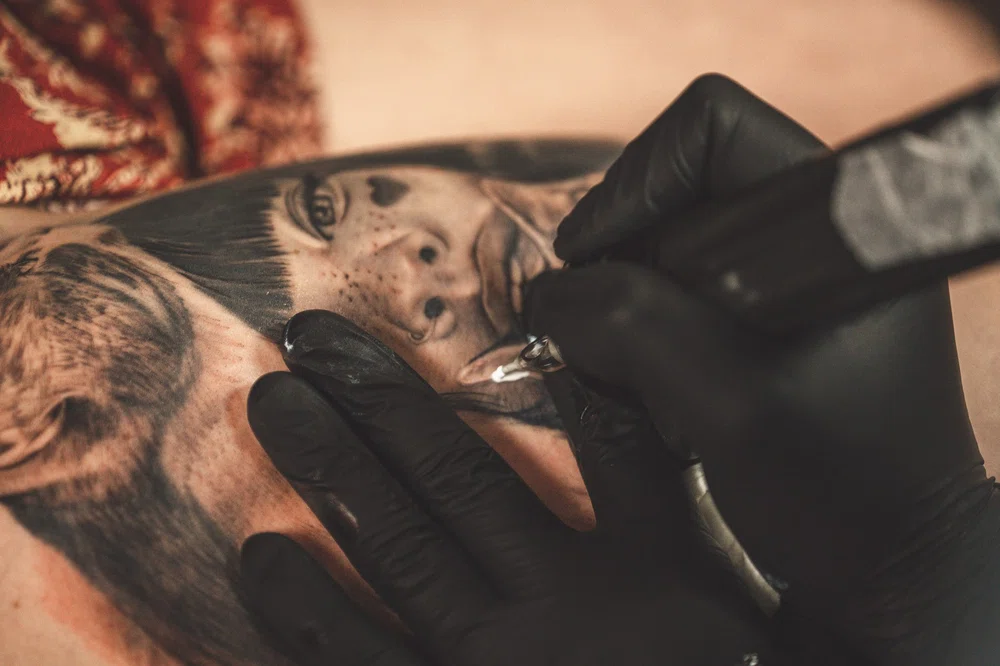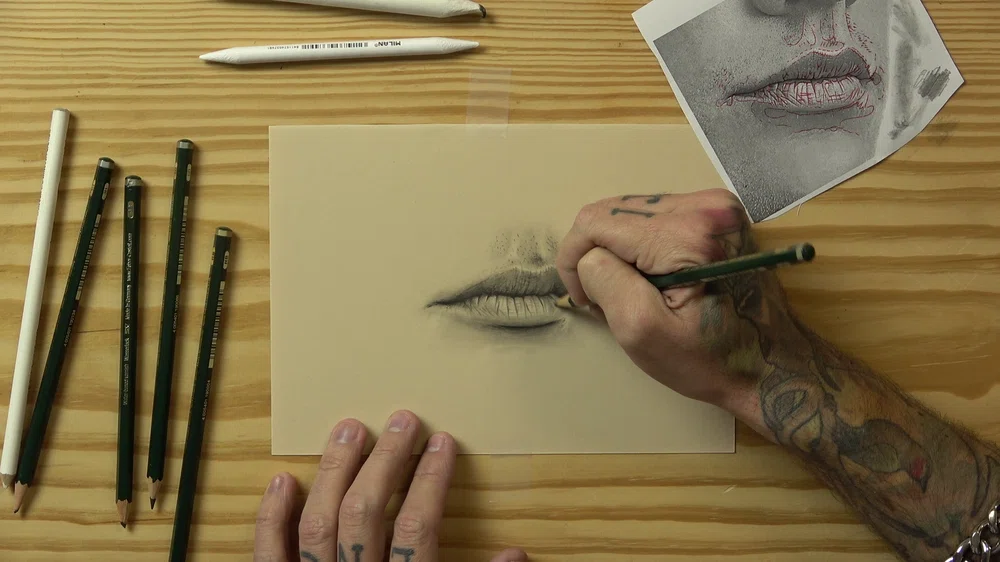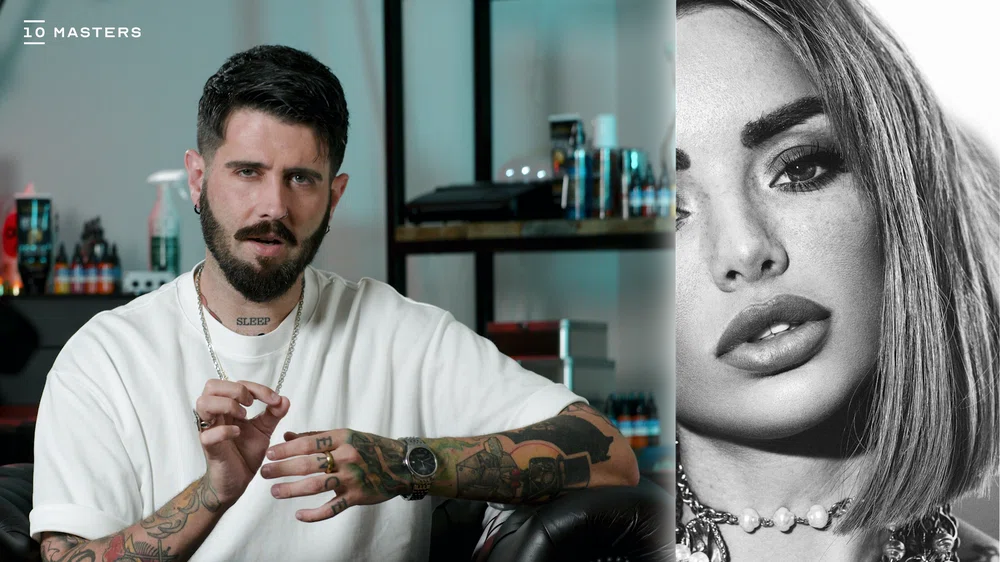How to tattoo realistic Portraits
Tips and tricks for tattooing realistic portraits
09 May 2024
We've said it many times before, realistic tattooing is the most demanding style and is the one that better tests the artist's skills.
Achieving exact copies of people, animals, or objects is one of the most complex challenges that any visual artist can aim for.
Expressions, dimensions, volumes, light and shadow, it's all in the line when dealing with this tattooing style.
We won't cease to remind you that Practice is the best teacher you can have!
It’s the key to any tattooing style, especially Realism. Some artists have dedicated their entire lives to gain experience and finally master it. Which you should do, too.
So, if you intend to tattoo realistic portraits, here are some tips and tools for you to incorporate into your routine, so you can work at your best without dying trying.
Let's go for it!
Realistic portrait tattoos

Once again, to tattoo Realism, you must know how to draw Realism first.
A good artist trains by working on the skin, but mostly, by constantly practicing on paper.
To understand features, proportions, dimensions and volumes, it's necessary to do an exercise of visual analysis that can only be achieved through drawing.
Working on light and shadow is an essential step when dealing with Realism and, if the hand is not well-trained in drawing, it would be too difficult —if not almost impossible— to conquer tattooing.
Besides, when working in color, it's vital to dominate pigments. This requires calorimetry knowledge and understanding of how inks and colors behave once applied to the skin.
Experience makes perfect, and this is the basis of all Realism.
Tattooing faces: what you need to know
There's not a single methodology for tattooing Realism, but a convenient resource in realistic portraits is taking a high-quality photograph of the person as reference, to then make a sketch on paper, by tracing with pencil all the image's details and strong points.
That's when you'll point out which and where are the brightest and darkest areas, to finally transfer it to the stencil in a correct and efficient way.
We call this visual analysis procedure mapping, and it will be a cornerstone when making your realistic stencils.

The stencil is the faithful guide for the job, and it’s crucial that the lights and shadows are clearly identified, as they determine a well done Realism.
Doing this procedure digitally can be helpful. Take a look at our article Best applications to design Tattoos, to learn what are the most recommended applications for this type of work.
Realism, and especially portraits, requires significant sizes to distinguish all details. So, both you and your client should consider this when opting for a realistic design.
A few tips for tattooing realistic portraits
Priorities are needed when it comes to tattooing each part of the face. Let's go deeper in this.
- The eyes can be a good starter. Eyes are known for reflecting our soul, so it's important to get them right. Highlighting where it shouldn't, or directing the gaze wrongly, can be a huge mistake.
- Tattooing the mouth and lips. It's indispensable to manage the pigment's saturations to achieve a realistic result. You must spot the lines first and then move on to shading and highlighting. Better start with the bright parts and then go on with the darker ones.
- Hair and other details. In portrait, the eyes and mouth are the main focus, and the hair is what finishes shaping the face. Here, it's key to avoid adding unnecessary details that could distract you from the point of interest.
Learn how to tattoo Realism

Practice is essential for every artist, but the self-taught way can have its drawbacks, especially when it comes to solving immediate and specific problems.
That’s why, at 10 Masters, we believe that it’s essential to rely on the experience of others to become a good professional.
In Realism, you need to know technical issues, such as the use of needles, the types of inks required, from where it's best to start, which areas to prioritize, and how to achieve expressiveness in a loyal way.
This is why Coreh López, a tattoo artist specialized in Black & Gray Organic Realism, shares his knowledge and experience with you in a course specifically dedicated to this theme...
MasterClass: How to Tattoo Realistic Portraits.
Did you know that we can feature your work in our stories? Share your pieces with the hashtag #10Masters and make yourself known with us!